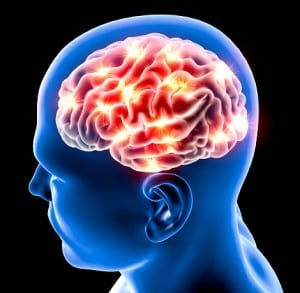
There are two types of connectivity that researchers can evaluate with MRI: structural and functional. Structural connectivity refers to how the brain is linked on the neuronal level. Functional connectivity (measured with functional MRI, or fMRI) refers to connectivity between brain circuits. The researchers reviewed both types of studies in search of common findings.
Thirty-three studies of ASD using fMRI had a wide range of methods, making comparison difficult. Despite the variation, these studies found, in general, a loss or reduction in long-distance connectivity in people with ASD. Some of these studies focused on connectivity between the prefrontal cortex (responsible for attention and executive functions) and the rest of the brain. These studies also found reduced functional connectivity.
Another 36 studies investigated ASD using structural connectivity. These studies were more similar in their methods than the fMRI studies. The studies found evidence of decreased connectivity in the brain’s white matter.
The researchers state that, based on existing findings, it is difficult to draw firm conclusions. However, they did identify some themes from the research. Notably, there is evidence for reduced long-range connections between different neural networks, both within and between brain hemispheres. About half of the studies attempted to link their brain connectivity findings with ASD symptoms, but in this analysis, no definitive trends emerged.
More research is required to understand how these brain connectivity issues relate to autism’s symptoms. “Given the general findings for connectivity in autism, the next challenge is to generate more precise results and to determine whether those results can be correlated with the diverse symptomatologies and behavioral profiles of patients with autism,” conclude the authors, led by David Kennedy, Ph.D.
This research is published in the Harvard Review of Psychiatry.
Previous news in autism:



 © 2025 Unyte Health US Inc.
© 2025 Unyte Health US Inc.